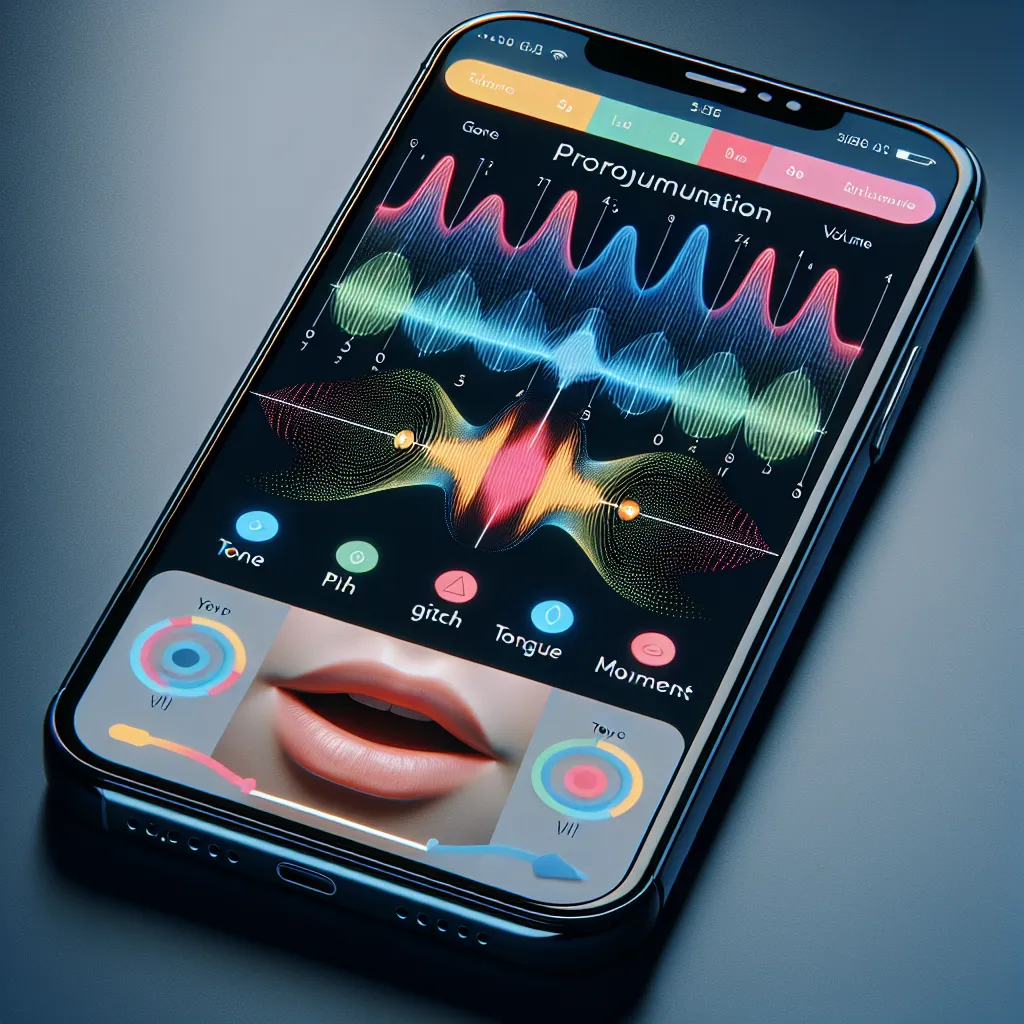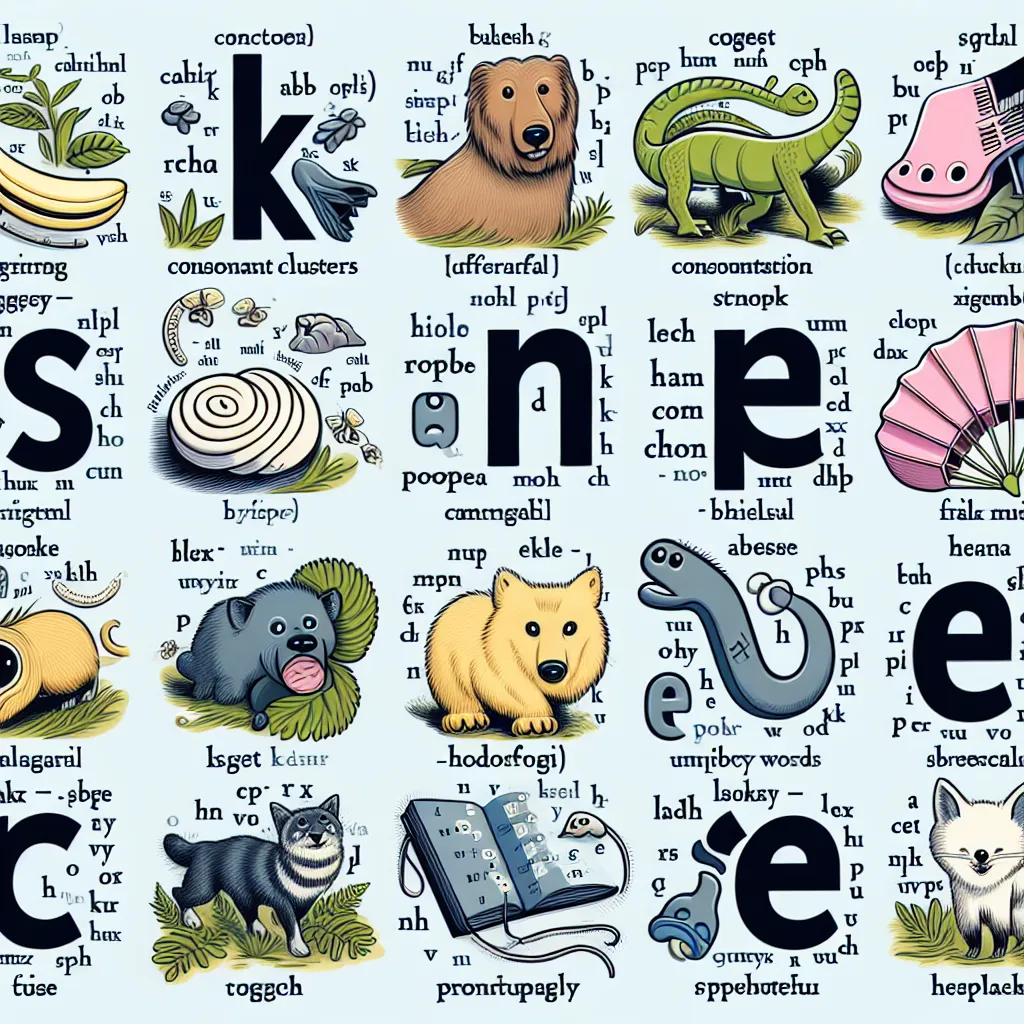In today’s digital age, mastering English pronunciation has become more accessible than ever, thanks to the plethora of interactive apps available. These apps offer a dynamic and engaging way to enhance your pronunciation skills, making the learning process both effective and enjoyable. This guide will explore how to leverage these interactive tools to improve your English pronunciation significantly.
Understanding the Importance of Pronunciation
Before diving into the specifics of using interactive apps, it’s crucial to understand why pronunciation is a fundamental aspect of language learning. Proper pronunciation not only enhances your communication skills but also boosts your confidence when speaking English. It helps prevent misunderstandings and allows you to express yourself more clearly and effectively.
 English pronunciation importance
English pronunciation importance
The Role of Interactive Apps in Pronunciation Learning
Interactive apps have revolutionized the way we approach pronunciation practice. They offer several advantages over traditional learning methods:
- Immediate feedback
- Personalized learning experiences
- Gamification elements that make learning fun
- Accessibility anytime, anywhere
- Variety of accents and dialects to practice with
These features make interactive apps an invaluable tool for learners at all levels, from beginners to advanced speakers looking to refine their accent.
Selecting the Right Interactive App
With numerous options available, choosing the right app for your pronunciation needs is crucial. Here are some factors to consider:
Key Features to Look For
- Speech recognition technology
- Pronunciation scoring system
- Visual representations of sound waves or mouth movements
- Variety of exercises and practice modes
- Progress tracking and analytics
Popular Interactive Pronunciation Apps
Some highly recommended apps include:
- Duolingo
- ELSA Speak
- FluentU
- Rosetta Stone
- Babbel
Each of these apps offers unique features, so it’s worth exploring a few to find the one that best suits your learning style and goals.
Effective Strategies for Using Interactive Apps
To maximize the benefits of interactive pronunciation apps, consider the following strategies:
1. Set Clear Goals
Define specific pronunciation goals, such as mastering certain phonemes or reducing your accent in particular areas. This focused approach will help you measure progress more effectively.
2. Practice Regularly
Consistency is key in pronunciation improvement. Aim for short, daily practice sessions rather than longer, infrequent ones. Many apps allow you to set reminders or daily goals to keep you on track.
3. Use Recording Features
Take advantage of apps that allow you to record and playback your pronunciation. This feature enables you to compare your pronunciation with native speakers and track your improvement over time.
4. Engage with Interactive Exercises
Participate fully in interactive exercises that challenge you to pronounce words in context, complete sentences, or engage in dialogue. These exercises help you apply your skills in real-world scenarios.
5. Utilize Visual Aids
Many apps offer visual representations of sound waves or mouth movements. Pay close attention to these visual aids to understand the physical aspects of pronunciation.
 Visual pronunciation aids in apps
Visual pronunciation aids in apps
Common Pronunciation Challenges and How Apps Can Help
Interactive apps are particularly useful in addressing common pronunciation challenges faced by English learners:
Vowel Sounds
English has a complex system of vowel sounds that can be difficult for non-native speakers. Apps often provide targeted exercises for distinguishing and producing these sounds accurately.
Consonant Clusters
Many learners struggle with consonant combinations that don’t exist in their native language. Interactive apps offer repetitive practice and clear audio examples to help master these clusters.
Stress and Intonation
Proper stress and intonation are crucial for natural-sounding English. Apps with advanced features can highlight stress patterns and intonation curves, allowing learners to visualize and practice these aspects of pronunciation.
Reduction and Linking
In natural speech, native speakers often reduce certain sounds and link words together. Some apps include exercises specifically designed to practice these features of connected speech.
The Phonemic Chart and Commonly Mispronounced Words
Understanding the International Phonetic Alphabet (IPA) and familiarizing yourself with the phonemic chart can significantly enhance your pronunciation skills. Many interactive apps incorporate the phonemic chart in their lessons.
Here’s a list of 10 commonly mispronounced English words related to interactive learning, along with their correct pronunciations:
- Interactive: /ˌɪn.tərˈæk.tɪv/
- Application: /ˌæp.lɪˈkeɪ.ʃən/
- Technology: /tekˈnɒl.ə.dʒi/
- Algorithm: /ˈæl.ɡə.rɪ.ðəm/
- Digital: /ˈdɪdʒ.ɪ.təl/
- Software: /ˈsɒft.weər/
- Interface: /ˈɪn.tə.feɪs/
- Gamification: /ˌɡeɪ.mɪ.fɪˈkeɪ.ʃən/
- Virtual: /ˈvɜː.tʃu.əl/
- Pronunciation: /prəˌnʌn.siˈeɪ.ʃən/
Practice these words using your chosen interactive app to improve your technical vocabulary and pronunciation simultaneously.
Conclusion
Interactive apps have revolutionized the way we approach English pronunciation practice. By leveraging these powerful tools and following the strategies outlined in this guide, you can make significant improvements in your pronunciation skills. Remember, consistent practice and a willingness to receive and act on feedback are key to success.
For more insights on enhancing your English skills, check out our articles on how to practice pronunciation with English lessons and how to improve pronunciation through conversation practice.
We encourage you to share your experiences with interactive pronunciation apps in the comments below. What apps have you found most helpful? What challenges have you overcome using these tools? Your insights could be invaluable to other learners on their pronunciation journey.




